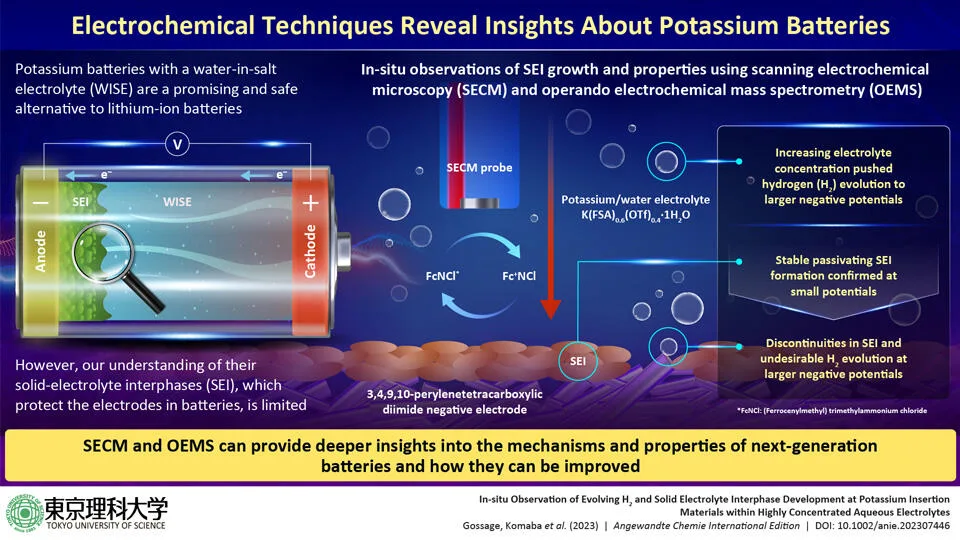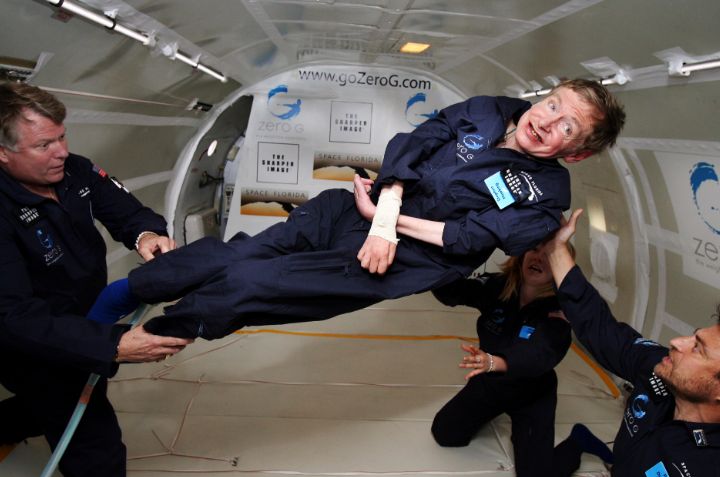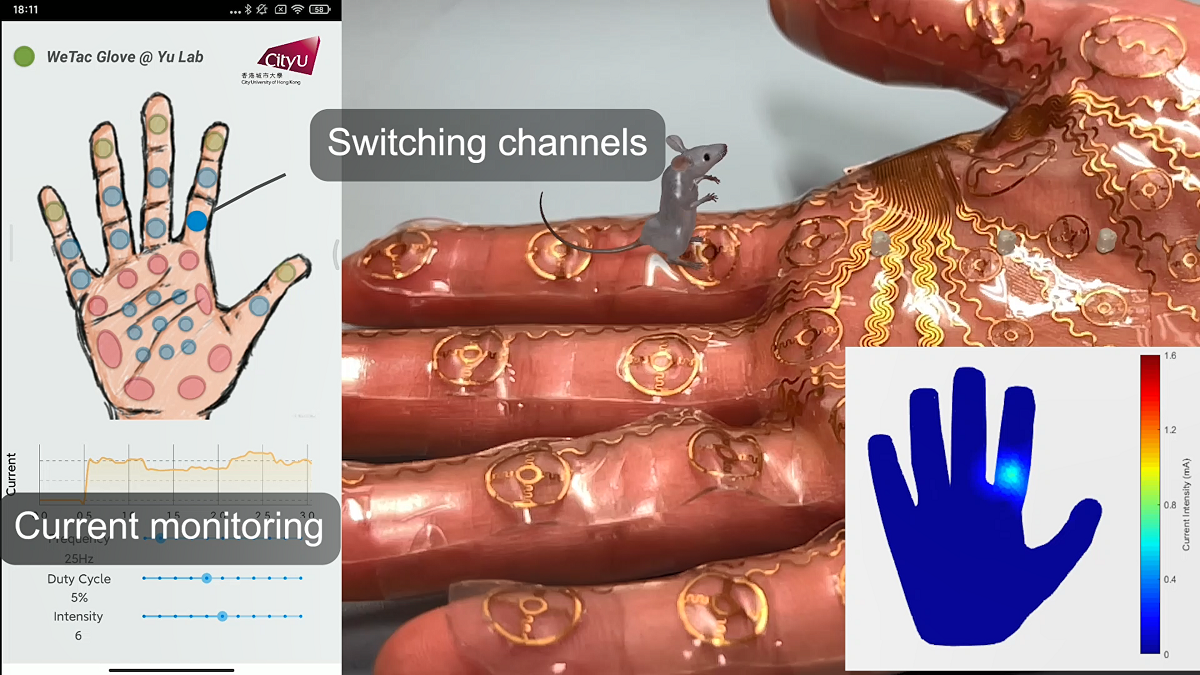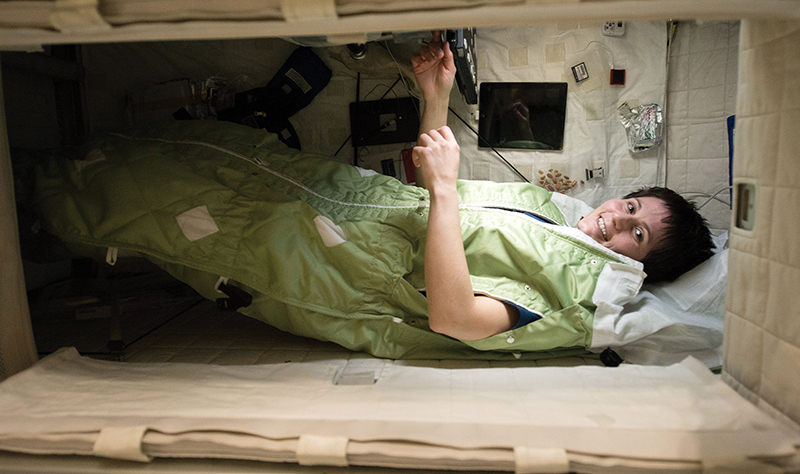Have you ever looked at a chart and thought “this looks like something I’d see on social media, so, it’s not a serious study”? I always take it in with a grain of salt.
Read MoreTag: technology
Cloud Messaging Platforms: Market Growth, Tech Trends and Leading Players
The trajectory of cloud-based messaging platforms is on an upward trend. As industries globally adopt advanced technologies, the demand for sophisticated applications is also increasing. As per Market Research Future, the Cloud Communication Platform market industry is projected to grow from USD 19.38 Billion in 2024 to USD 82.21 Billion by 2032, exhibiting a compound annual growth rate (CAGR) of 19.80% during the forecast period (2024 – 2032). While Mordor Intelligence estimates it to reach USD 40.13 billion by 2029, growing at a CAGR of 18.44% during the forecast period…
Read MoreInterview: Dr. Alex Greilich, an Experimental Physicist at TU Dortmund University, Germany
Meet Dr. Alex Greilich, an experimental physicist who started his journey from Russia to his current endeavors in Germany. Venturing beyond mere theory, he dives headfirst into the intricate world of semiconductor nanostructures and spin dynamics, unearthing remarkable phenomena like time crystals along the way. Collaborating with esteemed institutions such as the Ioffe Institute, (research center within the Russian Academy of Sciences) Dr. Greilich’s work pushes the boundaries of what we know about the universe.
Read MoreElectron Dance: Creating Robust Continuous Time Crystals
Researchers at TU Dortmund University have achieved a breakthrough by creating a remarkably resilient time crystal. It exceeds the temporal stability observed in previous trials by millions of times. This accomplishment not only validates a captivating phenomenon proposed by Nobel Prize laureate Frank Wilczek approximately a decade ago but also echoes themes that have fascinated science fiction enthusiasts. The intriguing findings have been officially documented in the prestigious journal Nature Physics.
Read MoreSEI Insights in Advanced Aqueous Potassium-Ion Batteries
In the recent times, there has been significant focus around the development of high-performance energy storage solutions. Consequently, the idea has become the driving force behind the advancing battery technology. With the emergence of renewable energy sources such as wind, solar power including electric vehicles (EVs), the need for advanced energy storage systems has grown exponentially.
Read MoreInterview: Dr. Kai Wang Materials Scientist at The Penn State
Dr. Kai Wang is PhD, Principal Investigator, and Assistant Research Professor at the Department of Materials Science and Engineering, Penn State. His recent work on intelligent and efficient panchromatic imaging for artificial retina biotechnology, caught our attention and so we tried to touch base with him for an interview. We got lucky, as he agreed to spend some time with us. Dr. Wang, here, talks about his quest to understand the mechanisms of cognition within the neural topological structures of the brain. And how these natural intelligences can be influenced…
Read MoreAntineutrinos Detected at SNO+ Collaboration: Water Cherenkov Detector
Antineutrinos falls under the category of elusive particles. They are extremely difficult to detect due to their weak interaction with matter. These exotic particles have the same properties as neutrinos but with opposite charges. And have very little mass.
Read MoreAltered Gravity can give Suppressive Effect: Immune System in Space
Short-term exposure to altered gravity, such as the brief periods of weightlessness experienced during parabolic flights, is generally not considered to be harmful to human health. However, it’s important to note that even short periods of altered gravity can slightly thought not exponentially affect the body in various ways. For example, during periods of weightlessness, fluids tend to shift from the lower body to the upper body, which can cause a decrease in blood volume and an increase in pressure in the head and upper body. This can result in…
Read MoreWearable Electrotactile Feedback System: Skin VR
Haptic systems are mainly designed to control virtual objects. Their efficacy is good, but when it comes to controllers, joysticks, and steering wheels, things look slightly bulky. And tangled wires is another task to deal with. Researchers at City University of Hong Kong have come up with a portable solution to enhance the tactile VR experience.
Read MoreThe Ear-EEG Measure How Astronauts Sleep: Sleep in Orbit
Sleep is the most vital process for overall mental development. Irrespective of age, sleep deprivation leads not only to mood fluctuations the next day but it also affects the overall productivity including decision-making skills, creativity and judgment. Astronauts who spend quite some time in zero gravity face issues while maintaining normal sleep patterns. Even an artificial day-night cycle does not help them in keeping up with a natural circadian rhythm. Therefore, to get more understanding in the brain’s electrical activity and map sleep patterns, researchers at Aarhus University have developed…
Read MoreDNA Mutations are Not Random: Genetics Challenges Evolutionary Theory
Plant evolves to protect itself, there is no random mutation at DNA level. In a collaborative effort, researchers from University of California, Davis, and the Max Planck Institute for Developmental Biology in Germany concluded that when it comes to mutations, there is no such thing as randomness. In fact, it is in a non-random way that benefits the plant, claimed Grey Monroe, an assistant professor in the UC Davis Department of Plant Sciences.
Read MoreBook Review: The Moon is a Harsh Mistress by Robert A. Heinlein
The Moon is a Harsh Mistress happens to be my first peek into Heinlein’s work. The book is embedded with wonderful interstellar imagination – artificial intelligence, extra-terrestrial colonization, and interplanetary warfare.
Read MoreInterview: Takashi Ozaki, Research Scientist at Toyota Central R&D Labs, Japan
Takashi Ozaki is the frontier research leader at Beyond-X Research Domain, Toyota Central R&D Labs. Inc. Japan. He completed his B.E. and M.E. from Kyoto University. His area of research fields includes – bioinspired actuators and robotics, micro electromechanical systems and microfabrication processes.
Read MoreHonda Plans a Rapid Shift to EVs, FCVs: Electrification of Automobiles
With an aim of zero-emission, Honda has planned to shift its anchor to electrified automobile business in China. Toshihiro Mibe, CEO of the third-largest Japanese automaker announced a trio of new battery-electric concept vehicles.
Read MoreRadio Signals from Hidden Planet Star Interaction: New Exoplanets
In a collaborative effort, an international team of astronomers at The University of Queensland and the Dutch national observatory ASTRON have been looking for planets with the help of the most powerful radio telescope – Low Frequency Array (LOFAR) – located in the Netherlands. Recently, they were able to figure out stars spewing off radio waves. This hints at the presence of some hidden planets.
Read More














